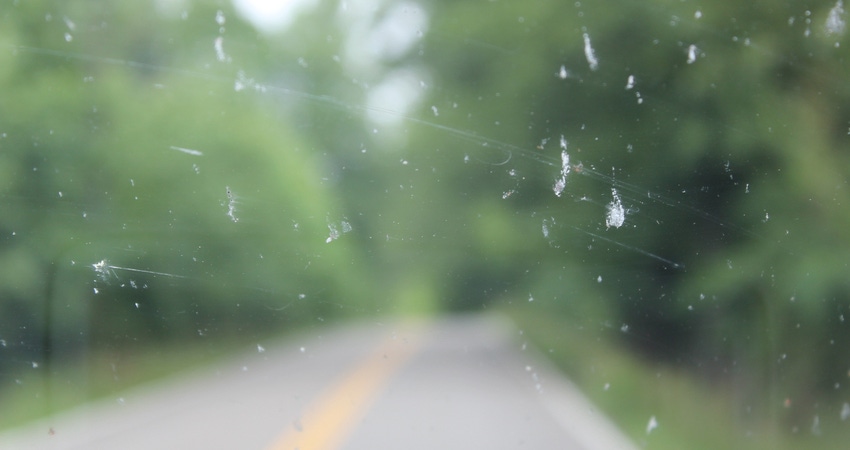
Do you remember that old Mary-Chapin Carpenter song, “The Bug”? The chorus begins, “Sometimes you’re the windshield, sometimes you’re the bug. Sometimes it all comes together, sometimes you’re a fool in love.” It’s a catchy tune, and when it came over the car radio as I was driving to town with my young daughter, she immediately loved it. We had to ask Siri to play it again.
After hearing it a few times she asked me, “The bug or the windshield, which one is the bad one?”
The question surprised me — particularly since we were headed to a school-sponsored activity for “top students.” (Oh, well. You can’t win them all.)
“Obviously, it’s bad to be the bug, kiddo. When the bug hits the windshield, it’s dead.”
“Yeah, but the windshield is covered in dead bug guts, and that’s not good, either.”
I guess I can concede that the song is describing a bit of a lose-lose situation. Although I wouldn’t especially relish being covered in bug guts, I still think it would beat the alternative. I guess she’s heard me complain one too many times about the state of my own windshield after a trip to the Delta. Hundreds of tiny specks sun baked on the front of the vehicle that even the car wash’s top dollar high pressure triple foam rinse lava bath can’t remove. Windshields in Louisiana may have a different take on this song, too.
The windshield phenomenon is a term that has been floating around for several years. It refers to anecdotal observations that since the early 2000s, fewer dead insects have been accumulating on people’s cars. Environmentalists attribute the perceived lack of splattered bugs to the worldwide decline of insect populations. Hardly scientific. And, in my opinion, not all that accurate — at least for our part of the world. Those of you who have been driving longer may disagree.
I’m not saying insect decline isn’t real. Of course, when measuring insect loss, scientists are typically referring to the insects we love — honeybees, monarch butterflies, lightning bugs. Meanwhile, pests that destroy economically important crops are becoming more destructive, or at least they seem to be. 2021 is still fresh in our minds when a huge migration of plant bugs was followed by a huge migration of fall armyworms, both of which wreaked havoc on Midsouth crops and forced growers to make additional costly insecticide applications. When determining who came out on top last year, the bugs seemed more like the windshield.
As we begin scouting season in earnest, I know we’re all hopeful Mother Nature provides a break this year — particularly with rising farm chemical costs gobbling away at margins like cutworms on corn.
As for me, I’ll be doing my part — driving up and down Highway 61.
About the Author(s)
You May Also Like






